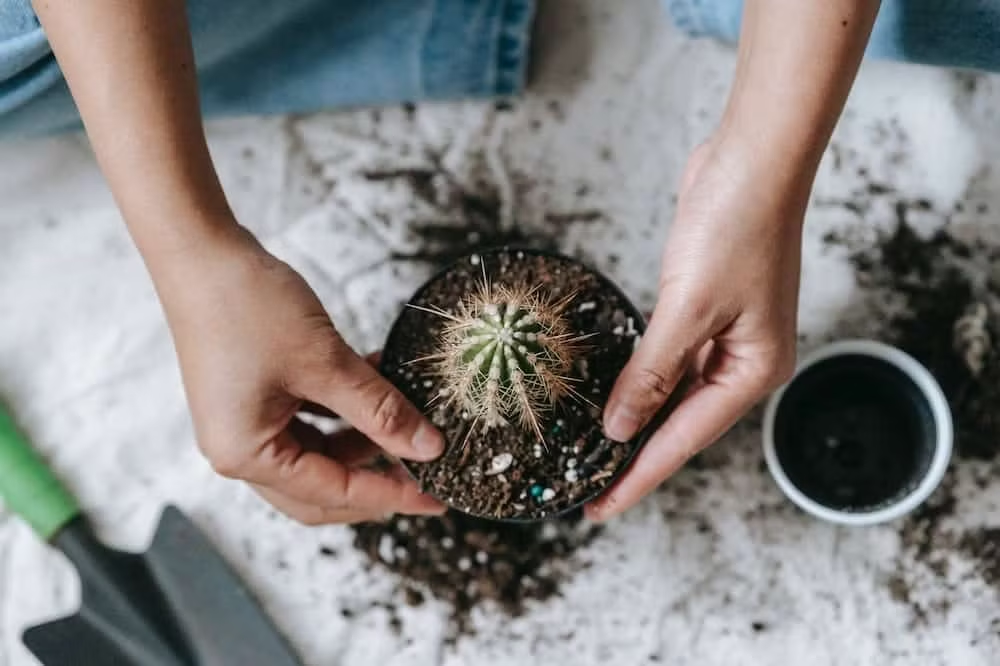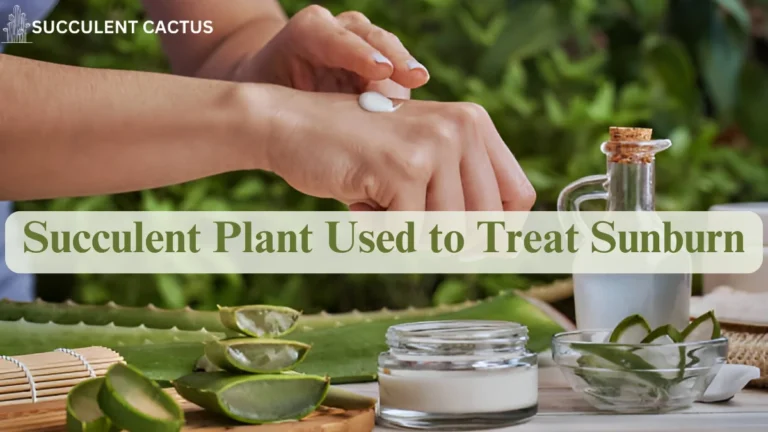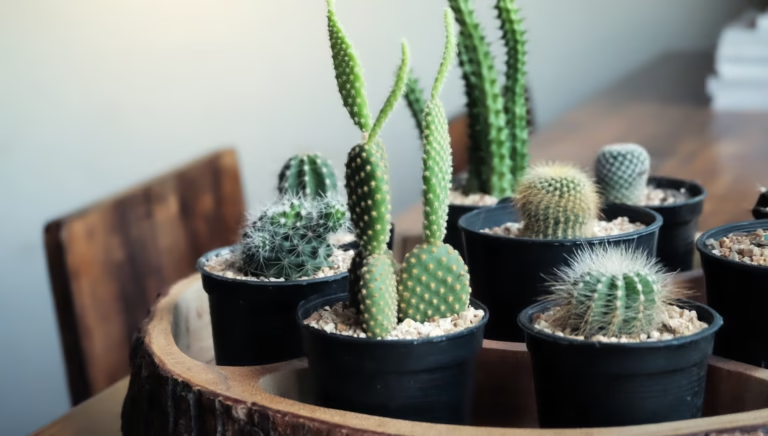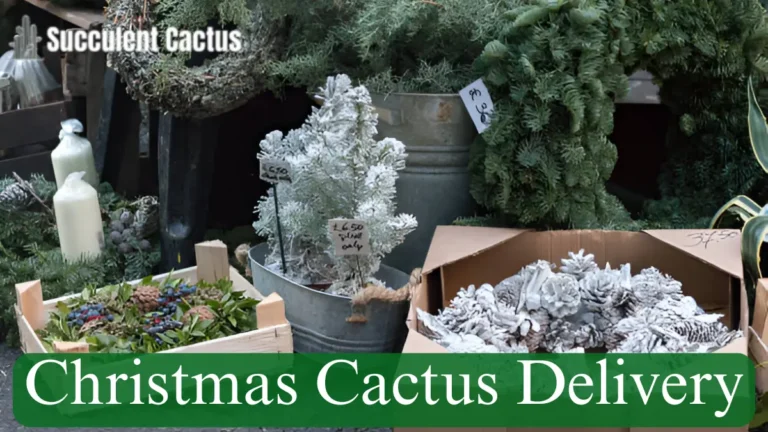Cacti Soil: How to Choose or Prepare the Best Soil for Your Cacti

Cacti plants are renowned for their ability to thrive in arid, harsh environments. However, their success heavily depends on the right soil. The right Cactus Soil ensures proper drainage, provides essential nutrients, and prevents root rot. In this article, we’ll explore how to select or prepare the ideal soil mix for your cacti, whether they are indoors or outdoors.
Understanding the Needs of Cacti Plants
Cacti are native to desert climates where the soil is sandy, fast-draining, and low in organic matter. This unique environment has shaped their specific soil requirements.
Why Is Cacti Soil Different?
- Drainage: Prevents waterlogging and root rot.
- Aeration: Ensures roots have access to oxygen.
- Nutrient Balance: Cacti require low to moderate levels of nutrients.
Characteristics of the Best Cacti Soil
A high-quality Cactus Soil mix should include the following:
- Excellent Drainage: Avoids water retention by using components like sand and gravel.
- Low Organic Content: Reduces the risk of fungal growth.
- Slightly Acidic pH: Ideal pH range is 5.5 to 6.5 for most cacti species.
Components of Cacti Soil
Creating your own Cactus Soil involves mixing the following components:
1. Sand
- Improves drainage and mimics natural desert conditions.
- Use coarse sand for better water flow.
2. Perlite or Pumice
- Lightweight materials that enhance aeration and drainage.
- Substitute with volcanic rock if perlite isn’t available.
3. Potting Soil
- Acts as the base for your mix.
- Opt for a soil with minimal organic matter and no added fertilizers.
4. Gravel or Small Stones
- Prevents compaction and maintains soil structure.
- Use as a top dressing to reduce evaporation.
How to Prepare DIY Cacti Soil
Creating your own soil mix is simple and cost-effective. Here’s a step-by-step guide:
Ingredients:
- 2 parts coarse sand
- 1 part perlite or pumice
- 1 part potting soil
Instructions:
- Mix all the ingredients thoroughly in a large container.
- Test the drainage by pouring water into a sample batch. The water should drain quickly.
- Adjust proportions as needed to improve drainage or retain slight moisture.
Choosing Commercial Cacti Soil
If you prefer pre-mixed options, many garden centers offer commercial Cacti Soil. Look for products labeled specifically for cacti and succulents.
Top Features to Look For:
- Contains sand, pumice, or perlite.
- Free of peat moss, which retains excess water.
- Lightweight and airy texture.
Caring for Your Cacti Soil
To maintain healthy soil conditions, follow these care tips:
1. Replenish Soil Regularly
- Replace soil every 1-2 years to ensure optimal nutrient levels.
- Repot when cacti outgrow their containers.
2. Avoid Overwatering
- Always let the soil dry out completely between waterings.
- Use pots with drainage holes to prevent water accumulation.
3. Monitor for Pests and Diseases
- Keep an eye out for fungus gnats, which thrive in overly moist soil.
- Treat any infestations promptly with neem oil or insecticidal soap.
Common Mistakes When Choosing Cacti Soil
Even experienced gardeners can make mistakes with cactus soil. Here are some pitfalls to avoid:
1. Using Regular Potting Soil
Standard potting soil retains too much water, leading to root rot.
Solution: Always use a specialized mix for cacti.
2. Ignoring Soil Drainage
Poor drainage can suffocate roots and encourage fungal growth.
Solution: Incorporate coarse sand or gravel to improve drainage.
3. Overwatering
Even with the right soil, overwatering can still harm your cactus.
Solution: Water sparingly and only when the soil is completely dry.
The Importance of Proper Cacti Soil for Indoor and Outdoor Plants
Whether you’re growing cactus indoors or outdoors, the soil plays a critical role in their health:
- Indoor Cacti: Use pots with proper drainage and lightweight soil to prevent water retention.
- Outdoor Cacti: Ensure the planting area mimics natural desert conditions with sandy, fast-draining soil.
FAQs About Cacti Soil
Q: Can I use regular garden soil for cacti?
A: No, garden soil is too dense and retains water, which can lead to root rot.
Q: How often should I change cactus soil?
A: Replace the soil every 1-2 years or when repotting your cacti.
Q: Can I mix my own cactus soil without sand?
A: Yes, you can substitute sand with materials like pumice or perlite for drainage.
Conclusion: The Key to Thriving Cacti
The right Cactus Soil is the foundation for healthy and thriving plants. Whether you choose a commercial mix or make your own, ensuring proper drainage, aeration, and nutrient balance is essential. By following these tips, you’ll create the perfect environment for your cacti to grow and flourish.






